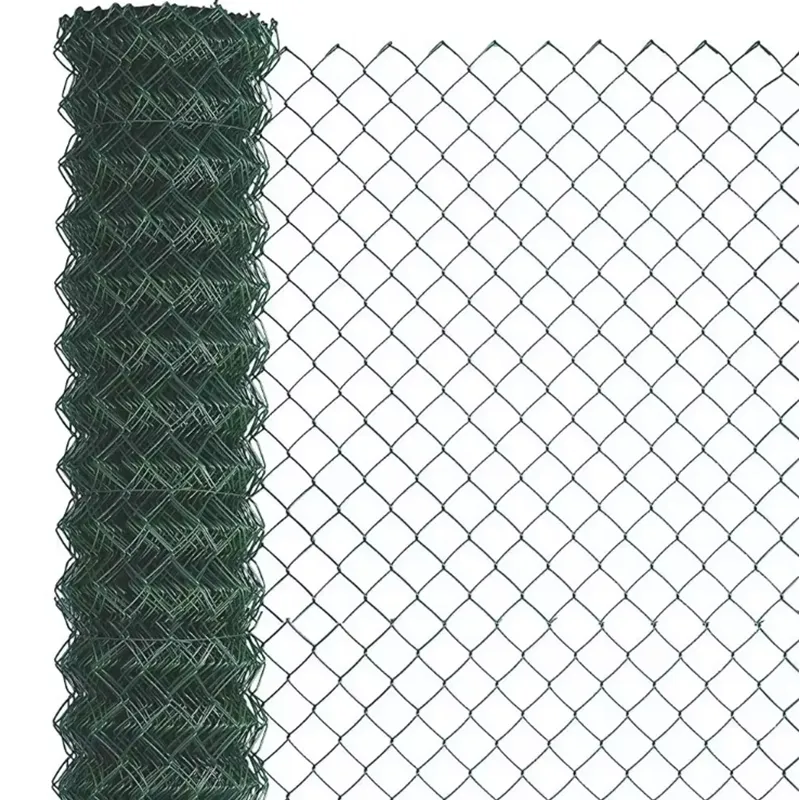-
 Phone:
Phone: -
 Email:
Email:

Installation of Rockfall Netting for Improved Slope Stability and Safety Measures
Rockfall Netting Installation An Essential Measure for Safety and Stability
Rockfall is a significant concern in many mountainous and rocky regions around the world. It poses a serious risk to infrastructure, transportation networks, and human safety. To mitigate these hazards, one effective solution is the installation of rockfall netting, a protective measure designed to catch and contain falling rocks. This article explores the process, benefits, and considerations of rockfall netting installation.
Understanding Rockfall
Before delving into the specifics of netting installation, it's crucial to understand what rockfall entails. Rockfall occurs when rocks, boulders, or debris detach from steep slopes or cliffs due to weathering, earthquakes, or human activities. This phenomenon can lead to devastating consequences, including property damage, injury, and even loss of life. As such, preventative measures are essential in areas vulnerable to this natural hazard.
The Role of Rockfall Netting
Rockfall netting acts as a barrier, designed to catch falling rocks before they can cause harm. The netting is typically made from high-strength materials, such as steel wire, and is installed on steep slopes or cliff faces where rockfall is a risk. It’s important to note that rockfall nets are not a one-size-fits-all solution; the design and installation must be tailored to the specific geological and environmental conditions of the site.
Installation Process
The installation of rockfall netting involves several key steps
1. Site Assessment The first step is conducting a thorough geological assessment of the area. This includes identifying rockfall-prone zones, analyzing soil and rock conditions, and assessing potential impact zones.
2. Design Specification Based on the assessment, engineers design a customized netting system. This includes determining the type of netting, its size, and the anchoring method based on the expected rock size and impact force.
3. Preparation of the Site Before installation, the site must be cleared of loose debris and potentially unstable rocks. This ensures a safe working environment and enhances the effectiveness of the netting system.
rockfall netting installation

4. Installation of Anchors The next step involves installing anchors into the rock face. These anchors secure the netting and are crucial for its stability and effectiveness.
5. Netting Installation Once the anchors are in place, the netting is deployed across the designated area. It is tensioned appropriately to ensure that it can effectively catch falling rocks without tearing or collapsing.
6. Post-Installation Inspection After installation, a thorough inspection is conducted to ensure that the netting is secure and functioning as intended. Regular maintenance and inspections are recommended to address any wear and tear over time.
Benefits of Rockfall Netting
The installation of rockfall netting offers numerous benefits
- Safety Enhancement By catching falling rocks, netting protects roads, vehicles, and pedestrians from potential damage and injury.
- Cost-Effectiveness Implementing netting systems can be more economical in the long term compared to the costs associated with repairing damage caused by rockfalls.
- Environmental Preservation Rockfall netting helps stabilize slopes, thereby preventing erosion and preserving the natural landscape.
- Versatility Rockfall netting can be used in a variety of environments, from highways to hiking trails and even urban areas near steep slopes.
Conclusion
In summary, rockfall netting installation is a critical step in safeguarding both human life and property in areas prone to rockfalls. Through careful planning, design, and execution, these systems offer a reliable solution to mitigate the risks associated with falling rocks. As our understanding of geological hazards evolves, the importance of such protective measures will only continue to grow, ensuring safer infrastructures and environments for future generations. Investing in rockfall netting is not merely a preventive effort; it is a commitment to safety and resilience in the face of natural challenges.
-
Wire Mesh for Every Need: A Practical SolutionNewsJul.25,2025
-
Steel Fences: Durable, Secure, and Stylish OptionsNewsJul.25,2025
-
Roll Top Fencing: A Smart Solution for Safety and SecurityNewsJul.25,2025
-
Cattle Farm Fencing Solutions for Maximum SecurityNewsJul.25,2025
-
Affordable Iron Binding Wire SolutionsNewsJul.25,2025
-
Affordable Galvanized Wire SolutionsNewsJul.25,2025
-
Wire Hanger Recycling IdeasNewsJul.25,2025








